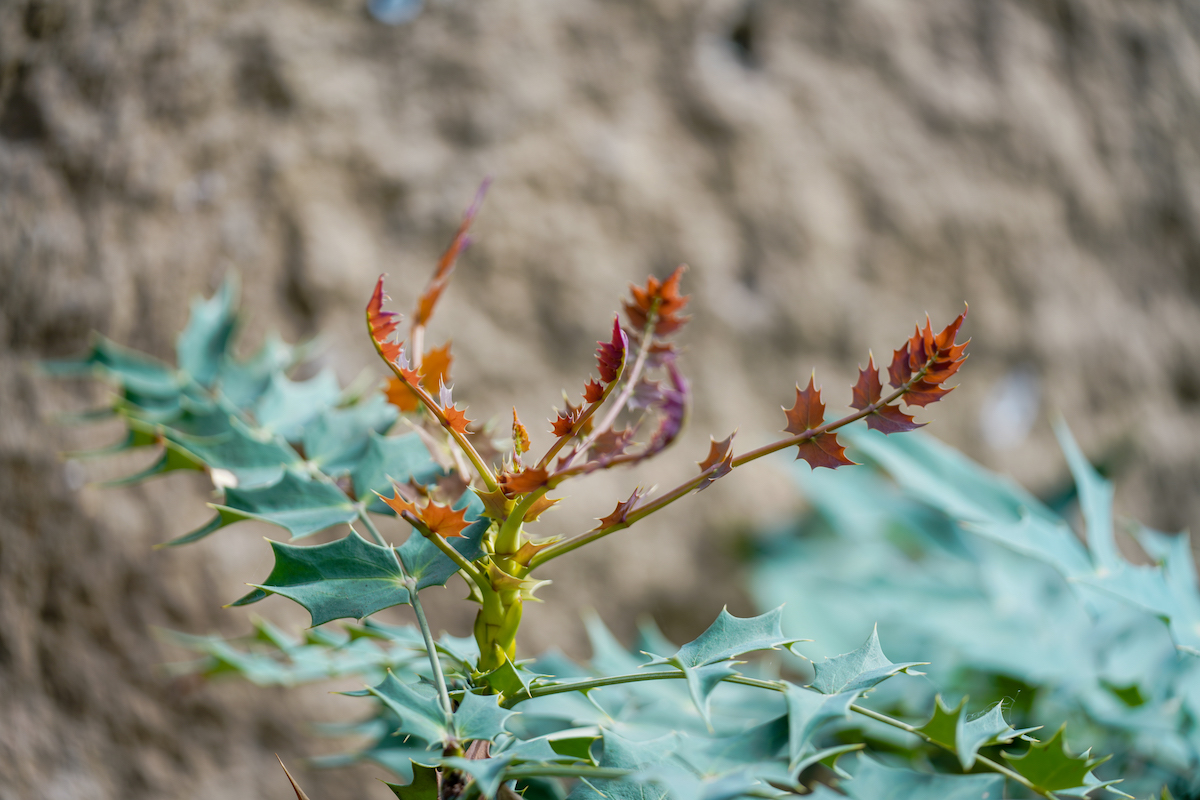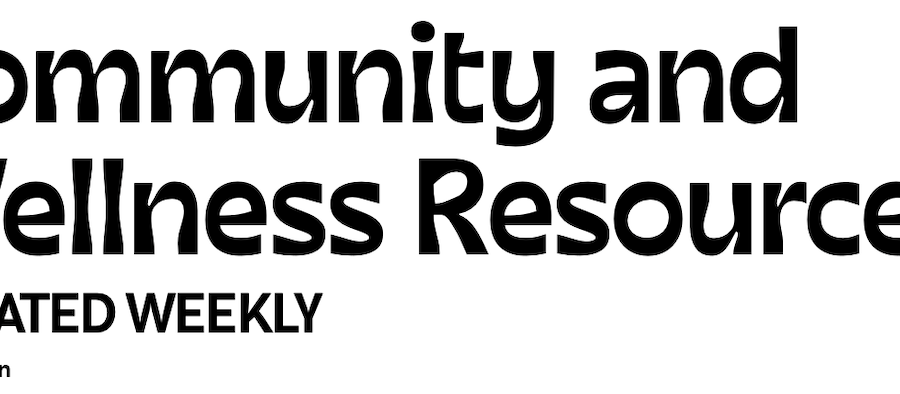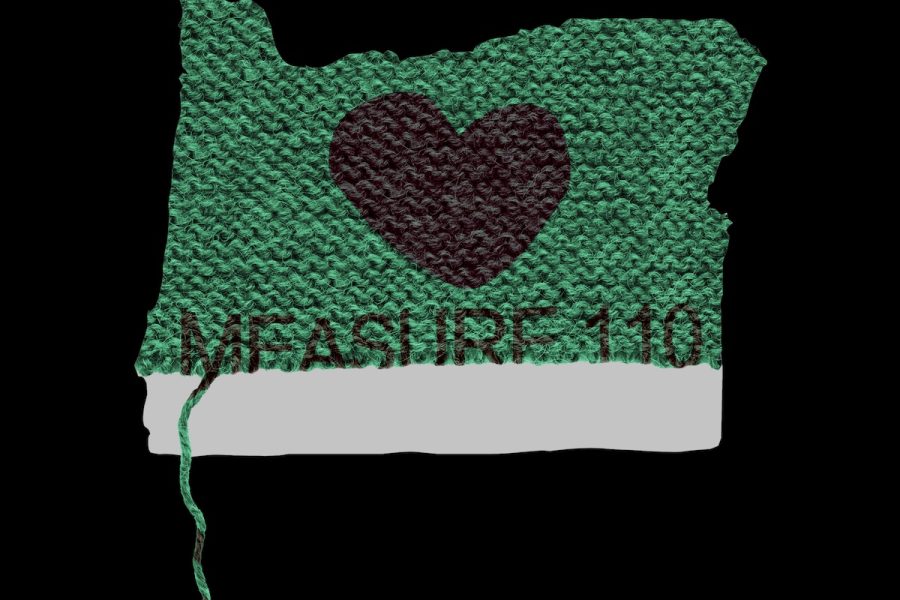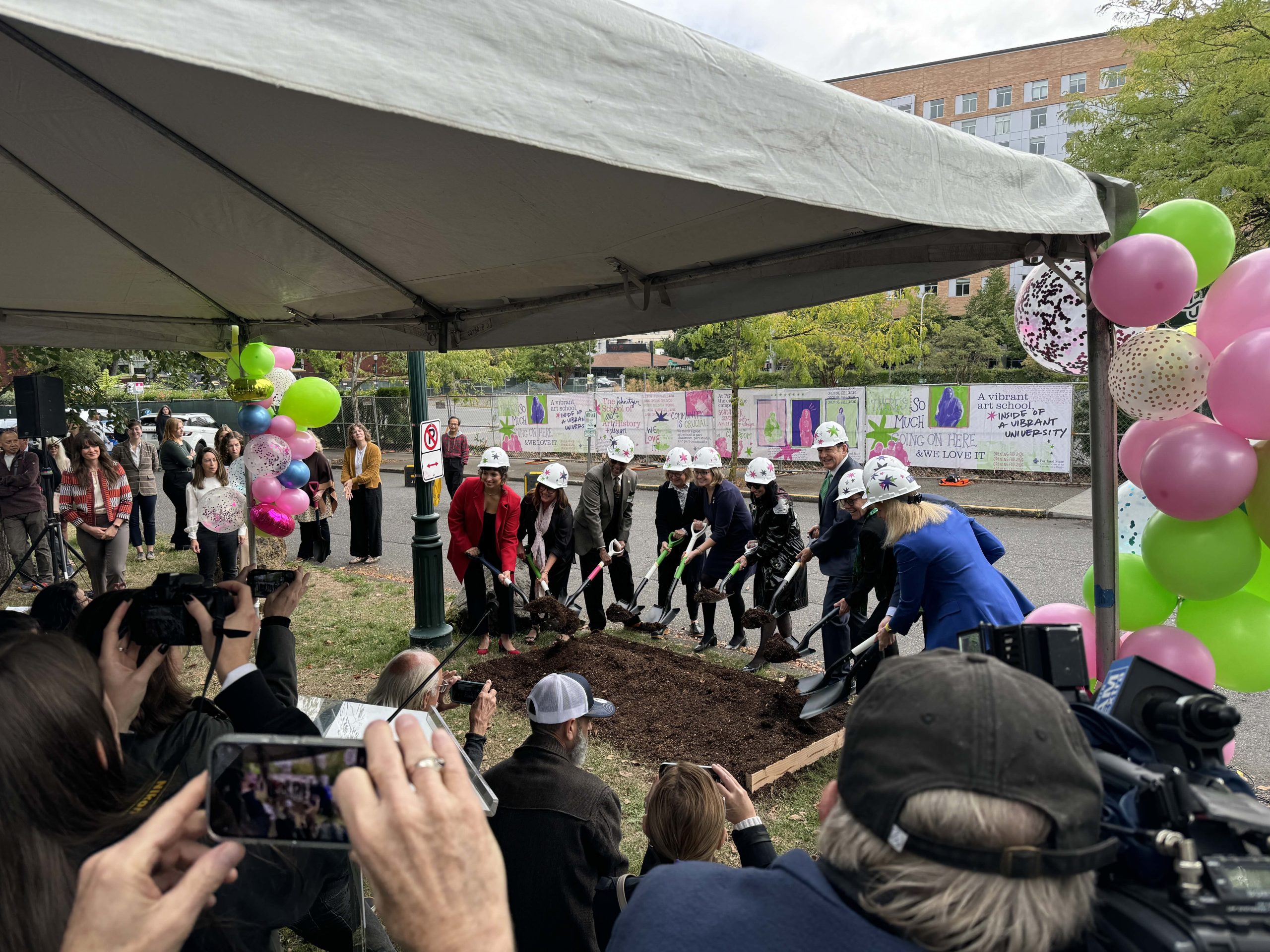Down a grass path and hidden away on the side of a highway, Clackamas High School enjoyed a field trip at Rock Creek. Students spread out down the stream to collect data for their class and a master sheet of data which spanned multiple years collected continuously by thousands of students.
Students immersed in their environment could see living, moving samples rather than the sterile still pictures of river invertebrates. This place offers an accessible outlet, both for students to explore science and for scientific research to be expanded through student involvement.
This was an opportunity to introduce students to scientific knowledge and spark their interest. By providing experiences like exploring a creek, students could discover new interests they never knew they had.
“Students get to get out of the classroom with their peers and interact with each other and professionals out in the field,” stated Elisa Mickelson, the environmental science student leading the experiment in the creek. “I think it helps strengthen community relationships and gives students an opportunity to explore science in a way that just isn’t possible in the classroom.”
Engaging with the environment is a perfect place to learn science and see it occur since our environment surrounds us. Some people might see nature and people as juxtaposed, but these are more often mixed.
The wilderness can be experienced and appreciated in far more ways than just camping, hiking and backpacking—an interaction based on our chosen engagement and interest in said activity. Water flows from the mountains, moves past the city and leaves through the ocean. Our relationship with nature is innately intertwined.
Community science values people’s ability to interact with their environment, report their findings and influence our growing understanding of our world. Beyond the scientific part, there is the social potential.
We can work towards a collective understanding of things with community science, expanding them beyond academics and development. We’ve collected knowledge and spread it, but making it tangible for people and actionable can be that needed step of participation past interest alone.
Dr. Patrick Edwards is an environmental scientist who has worked hard to develop these programs which get students involved and practice high-level scientific work. “We had about 100 students show up to a county council meeting and symbolically vote for funding for continued restoration and education around restoration,” said Edwards, speaking about an experience where community science promoted action. “And to me that was the highlight of my career. I thought it was the coolest thing ever.”
These interactions are essential for engagement in publicly-funded work and knowledge of local projects. Even if people aren’t working directly on restoration and conservation projects, there are plenty of areas where people can plug in and show support. These students interacting with nature a few blocks from their high school is a great example of how communities might realize how much life is actually around them.
When we consider the wild around us, it creates bonds of knowledge and more personal attachments. Without consideration of knowledge, we form biases against the things which are around us. It’s harder to not be afraid of bugs if you think all of them will bite you, often leading to an indiscriminate treatment of all insects, even ones which eat bugs like mosquitos.
For urban areas such as Portland, people might not consider the plants around them as anything significant. Plant blindness is a term used to describe the cognitive bias towards plants with an inability to distinguish them in a meaningful way. This is how plants are categorized as just weeds, or different varieties of trees as just trees.
This is especially important in urban areas where invasive species are seen as green even when they are detrimental to the ecosystem around us. Plants that can be identified and recognized for their unique qualities, botanical benefits and ecological significance.
Community science can empower people to interact with the knowledge being produced, and even use this knowledge to inform actions and decisions which impact our society. The more we invest in knowing about something, the more likely we are to want to protect it.






